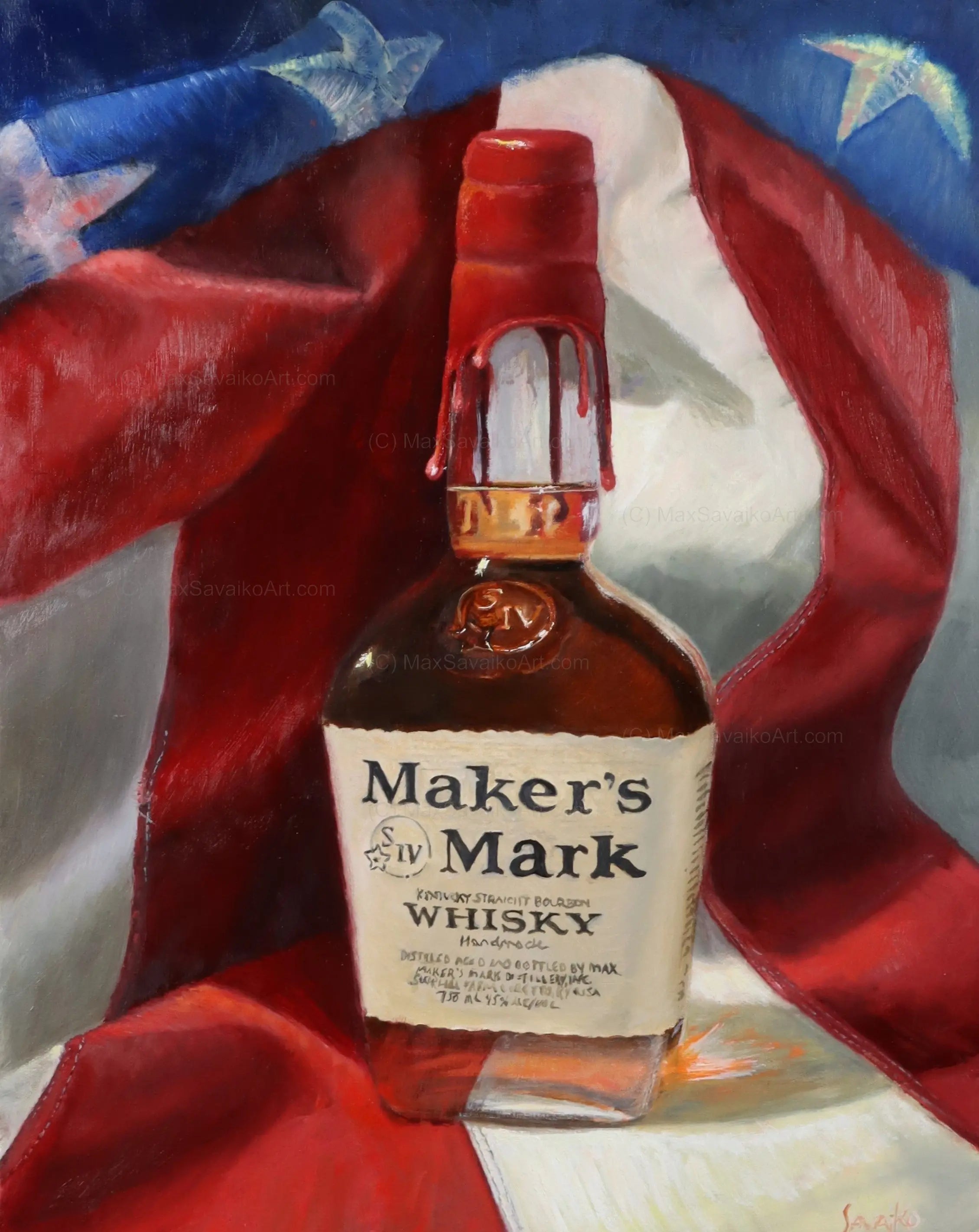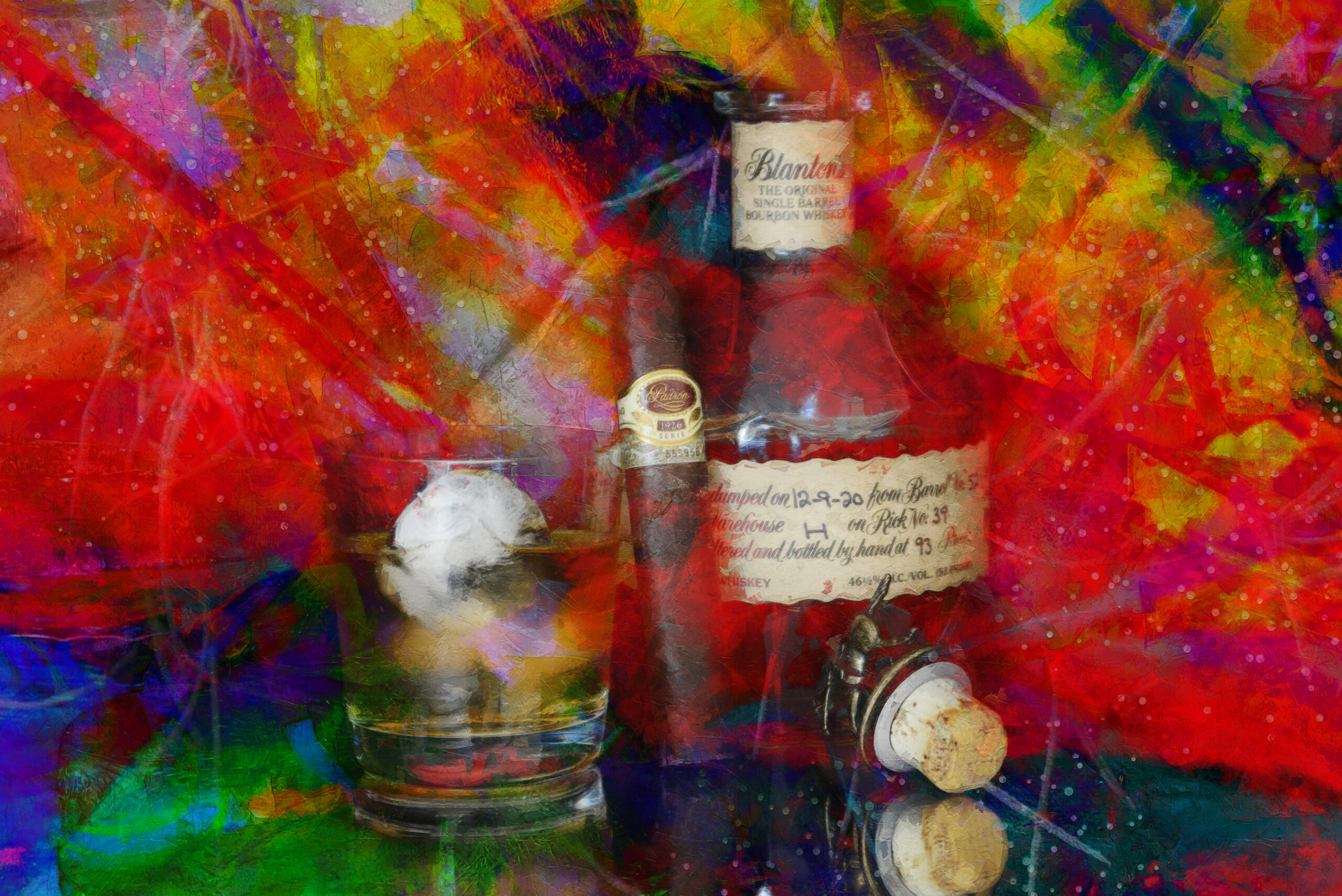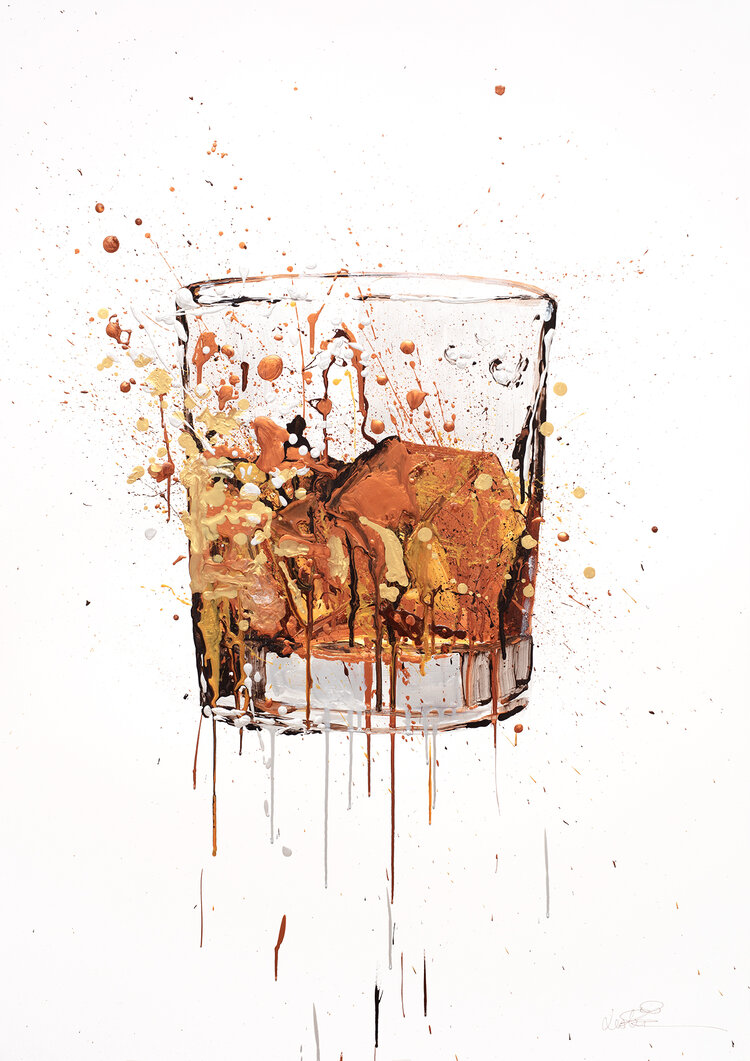The Attraction of Realism Art: A Deep Dive into Whiskey's Rich Heritage
The Attraction of Realism Art: A Deep Dive into Whiskey's Rich Heritage
Blog Article
The Relevance of Whiskey Art in Celebrating Heritage and Workmanship in the Beverage Sector
The detailed partnership in between scotch art and the event of heritage and craftsmanship within the beverage industry can not be overemphasized. Through thoughtfully designed containers and labels, whiskey brands envelop their historic roots and the artisanal abilities that define their production methods. This imaginative measurement not only enhances market appeal yet additionally functions as an avenue for social storytelling, fostering a much deeper link between the craft and the customer. As we check out the various elements of this subject, appealing concerns about the influence of contemporary trends on typical techniques occur, triggering additional examination.
The Historical Origins of Whiskey
At the heart of bourbon's allure exists a rich tapestry of historic roots that map back to old civilizations. The origins of bourbon can be linked to the purification practices of the Sumerians and Babylonians around 2000 BCE, where very early kinds of fermented grain drinks started to emerge. It was in the Middle Ages that the art of purification evolved substantially, specifically in Ireland and Scotland, leading to the creation of bourbon as we know it today.
The term "scotch" itself acquires from the Gaelic word "uisce beatha," meaning "water of life." This phrase emphasizes the social significance of bourbon in Celtic societies, where it was commonly associated with rituals, events, and common bonding. By the 15th century, purification became a recognized craft within monastic neighborhoods, leading the means for the establishment of legal distilleries.
As trade paths broadened, scotch's appeal expanded, going beyond local borders and capturing the interest of connoisseurs worldwide. Whiskey Art. This historic trip shows not just the workmanship behind scotch manufacturing however likewise its important duty in social and social contexts, noting it as a considerable drink throughout history
Artistic Expression in Branding
Scotch branding stands as a compelling crossway of virtuosity and business, where aesthetic identity plays an important function fit consumer perception. The aesthetic appeals of scotch labels, packaging, and marketing materials mirror not just the brand's story but additionally its core worths and heritage. With artistic expression, distilleries convey a story that reverberates with consumers, evoking feelings and triggering links.
Making use of color, typography, and images in branding serves to differentiate items in a saturated market. Conventional concepts may stimulate a sense of credibility and craftsmanship, while contemporary designs can symbolize development and forward-thinking. This critical creative instructions enhances brand name acknowledgment and loyalty, permitting consumers to forge an individual relationship with the scotch they pick.
Furthermore, imaginative expression in branding frequently acts as a celebration of regional heritage. Distilleries often incorporate regional icons or historical recommendations right into their designs, producing a local color that invites consumers to take part in a broader cultural experience. Eventually, the virtuosity behind whiskey branding not only improves aesthetic allure but likewise enhances the total story of the brand, promoting a much deeper admiration for the workmanship and heritage embedded in each bottle.
Craftsmanship in Bottle Style
The creativity apparent in bourbon branding extends beyond visual identity to include the workmanship associated with container design. Each bottle works as a vessel not just for the spirit within, however likewise for the tale it outlines its top quality, practice, and beginning. The style procedure calls for careful interest to detail, as elements such as shape, closure, and product contribute considerably to the general assumption of the whiskey.
Craftsmanship in container style involves selecting top notch glass that can boost the scotch's shade and clearness, while additionally providing a responsive experience for the customer. The silhouette of the bottle need to be both practical and aesthetically enticing, often showing the heritage of the brand. Several distilleries choose for special forms or embossed logo designs that evoke a feeling of authenticity and history.
Additionally, the tag design and typography play an important duty in connecting the brand's story. Whiskey Art. A well-crafted container not just mesmerizes the consumer's eye yet likewise reinforces the brand name's dedication to top quality and tradition. In this means, the craftsmanship of bottle design comes to be an essential facet of the whiskey experience, merging creativity with a profound respect for heritage
Social Significance of Scotch Art
Commemorating custom and workmanship, the social value of scotch art goes beyond plain appearances, intertwining with the historic and social narratives of the areas where it comes from. Each bottle acts as a canvas, portraying the unique stories, folklore, and traditions that have actually shaped local whiskey-making techniques. The elaborate styles typically reflect the heritage of the distillers, incorporating symbols and themes that resonate with the culture and worths of their communities.

On top of that, whiskey art plays an essential function in common gatherings and parties, working as a tangible web link between people and their shared experiences. By valuing the creativity in scotch product packaging, consumers grow a deeper understanding and respect for the craft, ultimately enriching their pleasure of the drink itself.
Modern Trends in Whiskey Presentation
Over the last few years, the discussion of bourbon has actually developed to show modern preferences and trends while still recognizing typical workmanship - Realism Art. Distilleries are progressively concentrating on visual elements that enhance the overall alcohol consumption experience, linking the space in between heritage and modernity
Innovative bottle designs have actually arised, typically incorporating lasting materials and artistic tags that tell compelling tales. Many brand names currently collaborate with regional artists, infusing their products with one-of-a-kind aesthetic expressions that reverberate have a peek here with consumers. Furthermore, limited-edition launches are usually packaged in collectible containers, adding value and appeal for connoisseurs.

Final Thought
In conclusion, whiskey art works as an essential avenue for expressing the heritage and craftsmanship integral in the beverage industry. With complex branding, cutting-edge container designs, and culturally considerable creative components, bourbon brand names successfully recognize their practices and get in touch with read this article consumers. This artistic narrative not only raises the recognition of bourbon yet additionally enhances area identification and satisfaction among producers. Ultimately, whiskey art plays a vital function in preserving and commemorating the abundant cultural tapestry of whiskey-making.


Workmanship in container style includes selecting top quality glass that can enhance the bourbon's shade and clearness, while also providing a responsive experience for the consumer. In this way, the workmanship of container style ends up being an important facet of this content the bourbon experience, merging virtuosity with a profound regard for heritage.
In verdict, whiskey art offers as a crucial conduit for expressing the heritage and workmanship fundamental in the beverage industry.
Report this page